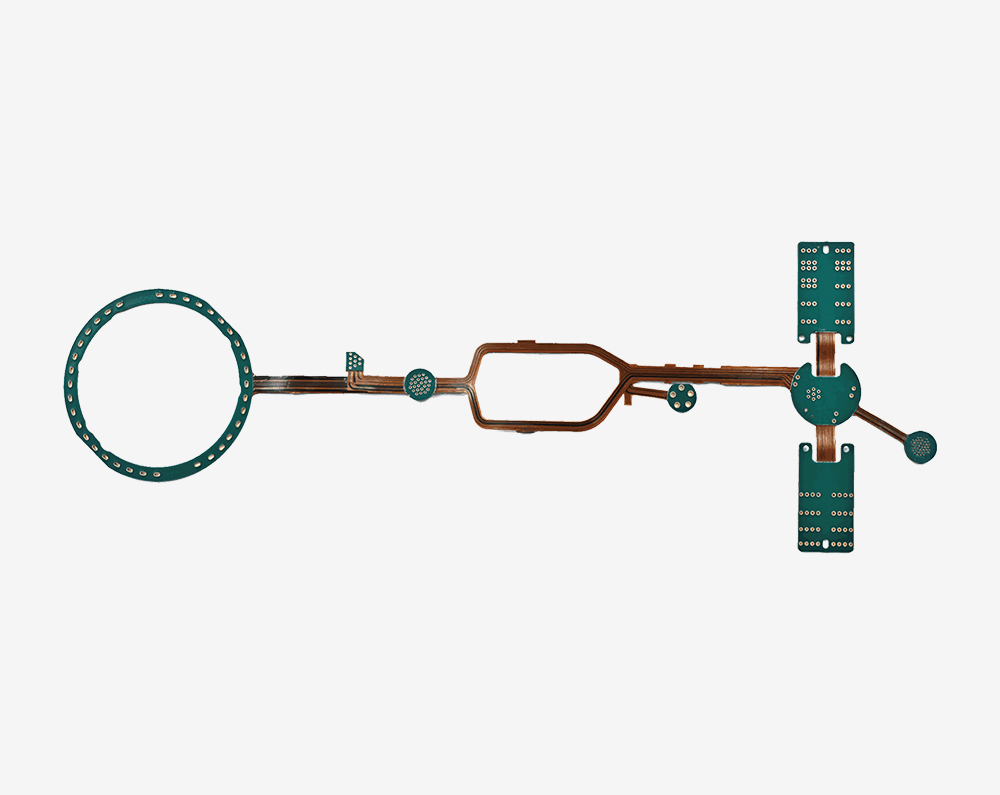Time:2023-06-25Views:
The phenolic layer pressure plate is a solid and good insulating polymer material. It has the characteristics of heat resistance, waterproof, chemical resistance, and tolerance. The use of sexual panels, but the phenolic layer pressure plate is much better than the gypsum board, hard cardboard, or thin wood tablet, whether it is drilling performance or the installation support for the electronic tube. It is natural to be a circuit board as a circuit board.

However, punching on the phenolic layer pressure plate and then connecting all electronic components to connect all electronic components is still a very laborious thing. It is more laborious than playing the cave board. After all, the hole board is pre -made. It didn't take long for someone to come up with a way to stick a copper foil onto the phenolic layer, and then etched the interconnect line between the components on the copper foil (in 1913, the British Berry invented the use of resistance The doses are applied to the metal foil, and the etching part is not applied to form the technology of conductive graphics), which makes a single -sided printing circuit board. Soon, the development of the interconnection system between multiple circuit boards generated the demand for board -to -board connectors.
The 1/16 -inch or 63mil was the production thickness of the phenolic layer pressure plate at that time. The board -to -board connector was naturally designed according to the thickness of the 1/16 inches (about 63mil or 1.6mm). Industrial chain, 1/16 -inch (about 63mil or 1.6mm) board thickness also forms the default standard of the industry.
Today, the development of substrate materials is very diverse, but the 1.6mm (or 63mil of the British unit) is still the default product thickness of the PCB board factory, but the standard board thick range has expanded to 0.8mm ~ 1.6mm. (Specifically, the craftsmanship of the board factory shall prevail, some board factories are 0.6mm ~ 2.5mm)
Of course, if you want to produce a thinner or thicker (such as 20 -layer board) PCB, it is also possible. For example, 0.4mm or 3.0mm, but you need to pay the cost of the board, so the customer needs to consider the PCB design.

